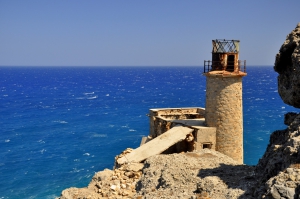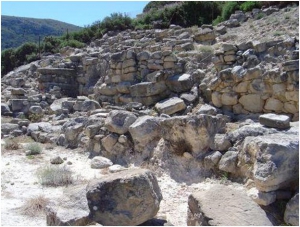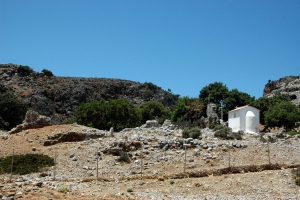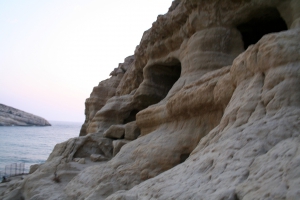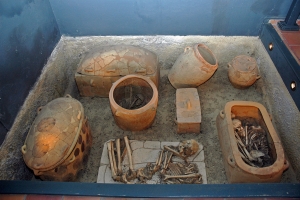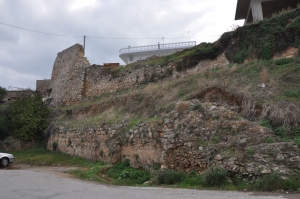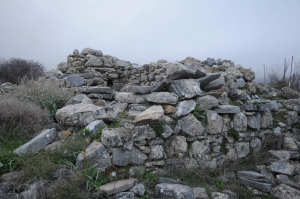The lighthouse of Cape St John or Aforesmenos is located 27km north of Agios Nikolaos, next to the village of Vrouchas and the wind farm of Baboura. The lighthouse can be accessed via a passable dirt track that starts from the wind farm and, then, a short trail that runs along the cliffs (some years ago there was only a trail). The rugged landscape is typical of Crete with bare mountains, rugged coastlines, and too much wind!
Just outside the village Zhou Sitia in 1955-1956 a large Minoan Agrepavlis (Rural Mansion)was excavated with many rooms (rest homes, workshop, living room, furnace, etc). Part of the site has been destroyed by the works for constructing the road.
Menies beach is located on the site of ancient Diktynna. Diktynna was the most important temple of the goddess Vritomartis, which is believed to be goddess Artemis. Thousands worshippers used to come in the area from all over the island. Vritomartis was worshiped here during the Hellenistic and Roman times. The possession of Diktynna was always a conflict between ancient Kydonia and Polirinia.
Matala, ancient Matelon, was a port of Phaestus and Gortys and is well known for the carved caves, which were Grecoroman tombs. The cape south of Matala has been identified as the Cape Nysos and the location where the ships of Menelaus were wrecked (Odyssey).
The present town of Hersonissos retains the name of the ancient city of Hersonissos or Heronissos. The town existed since the Minoan period, but flourished after the conquest of Crete by the Romans.
The Archaeological Museum of Archanes operates since 1993 in a beautiful neoclassical building that housed the first primary school of Archanes, at the district Tzami.
Kastelli in Kissamos, which in 1966 was renamed to Kissamos, is a small picturesque town built in the gulf of Kissamos or Myrtilos, between the peninsulas of Gramvousa and Spatha. The name derives from the Venetian fortress that was built there, remains of which still exist.
Elyros was the most important town in southwestern Crete during the Doric and Roman Periods. Ruins are conserved 500m far from the village Rodovani atop the panoramic hill Kefala. The town had two harbors: Syia(current Sougia) and Lissos. The exact location of the town was verified by an inscription with the phrase in Greek "Glory to the people of Elyros".





